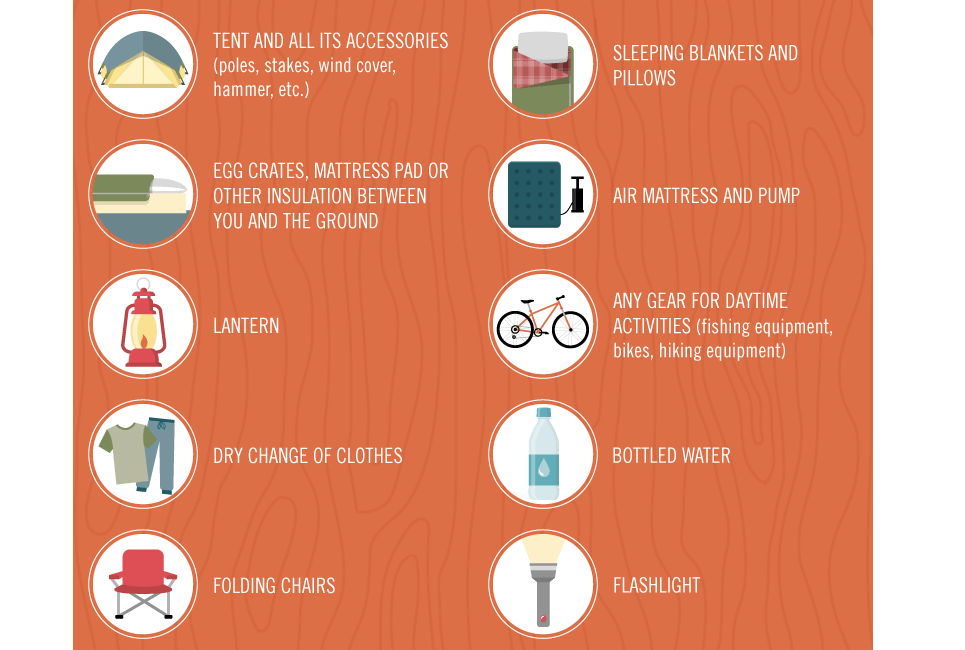Polyester textile finds a diverse variety of applications throughout the garment industry. Whether you're a musician seeking a stable painting surface or a producer seeking solid attractive products, polyester canvas supplies the right balance of strength, versatility and environment-friendly top qualities.
Nonetheless, some people like cotton for its breathability and softness. Garment designers may wish to take into consideration a 50/50 Cotton/Polyester blend for tasks that require both longevity and comfort.
Expense
Cotton canvas is more costly than polyester as a result of its resource-intensive cultivation procedure. It also needs mindful handling and storage to protect its quality in time. These included expenses can increase the total expense of manufacturing for musicians and producers.
An additional drawback to cotton canvas is its vulnerability to fading and damages from UV direct exposure. This can result in minimized shade vibrancy in time and a loss of architectural honesty, especially in areas that experience constant call or heavy load-bearing.
In comparison, polyester is an artificial fiber that's crafted for consistency and sturdiness. This makes it an extra cost-effective option for makers and customers, particularly in areas where durability is a leading concern. The product's stamina additionally offers improved resistance to wrinkles and splitting with time. The synthetic nature of polyester, however, can leave a larger ecological impact than cotton canvas if it's not sourced from natural or low-impact systems. This is an important consideration for organizations pursuing sustainability and eco-conscious branding.
Toughness
In the marketplace for canvas rolls, buyers face a wide range of choices with completing top priorities. Cotton offers natural texture and breathability, suitable for brands focused on sustainability and artisan workmanship. Polyester, on the other hand, provides a well balanced mix of toughness and security and printing efficiency with shade vibrancy and durability.
Ultimately, the fabric you select for your products should show the assisting concepts of your brand name tale and worths. While cotton can give a costs visual, it's likewise vulnerable portable shelter to contraction and maintenance costs, while polyester enables better production efficiency and long-term cost efficiency.
Both materials are durable and do well in damp atmospheres, however their contrasting top qualities make them ideal for different applications. Cotton canvas is a lot more breathable, lowering the risk of mold and mildew in locations with high moisture. Polyester, on the other hand, is waterproof and dries rapidly in atmospheres where wetness can be bothersome. This can decrease the threat of moisture build-up in the fabric, avoiding bending or rot in your product gradually.
Convenience
When evaluating material alternatives for your brand-- whether you're starting a workwear line or a comfy loungewear brand-- the kind of cotton or polyester canvas you select influences just how your products look, really feel, and put on. While all canvas kinds sustain print-on-demand and offer high shape stability, they vary in shade discussion and printing longevity, convenience, and sustainability.
Cotton and cotton-polyester blends offer a soft structure, all-natural organic look, and premium heat balance compared to synthetic options. Cotton's fibers wick wetness far from the skin and enable heat to get away, making it excellent for clothing that needs extended wear in cozy atmospheres.
On the other hand, polyester's artificial nature and petroleum-based production procedure have a negative energy balance, which can make it less environmentally friendly than cotton over time. Polyester's abrasion resistance and water-repellency are superb, however, which makes it the perfect choice for heavy loads or harsh weather conditions like rainstorms or marine settings.
Ecological Influence
Whether picking cotton or polyester, the excellent product for personalized production relies on item efficiency objectives. Stamina, toughness, and long life are very important elements when developing products that will endure recurring abrasion, hefty load-bearing, or high anxiety factors. Water resistance, seam integrity, and UV stability are additionally essential to lasting success in exterior and wet atmospheres.
While both fabrics can carry out well in these locations, their environmental effect is a little various. Cotton's natural, breathable construction needs significantly a lot more resources for growing than polyester's artificial fibers.
When choosing an ecologically lasting fabric, think about a wide range of influence assessment methods to assess the full ecological impact of your item. Some focus on certain influences (like international warming capacity, water use, and deficiency) while others depend on more all natural assessments like ReCiPe, ILCD, CML, and Eco-indicator 99.
